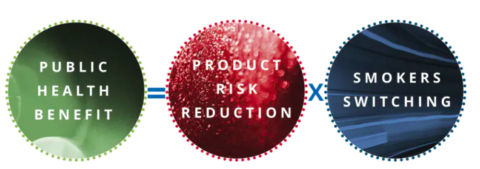
We are aware that vaping is a controversial societal issue. Our philosophy has always been predicated on providing an alternative to smoking cigarettes. The philosophy has been predicated on the idea of Tobacco Harm Reduction. Harm reduction is a range of practical policies, regulations, actions, and strategies that reduce health risks by providing safer forms of products/substances, or encouraging less risky behaviors.
Harm reduction does not seek to control people, or to prohibit products or behaviors. Harm reduction not only recognizes the right to engage in risky behavior, but also the right to health, which people never forfeit. When we accept that risky behaviors are a part of our society, and we focus our efforts on minimizing harmful outcomes instead of banning, prohibiting, condemning , or stigmatizing, we can effectively improve public health.
In the course of our lives we all do things or use products that could be dangerous or carry some risk. Many products and activities have been modified to reduce that risk. These modifications can come from product manufacturers, regulators, or be led by consumers. Seatbelts, airbags and helmets are all examples of harm reduction because they make the operation of cars and bikes safer. They don’t stop people from driving or riding, and they don’t eliminate all risk, but they save many lives.
Tobacco Harm Reduction (THR) applies the principles of harm reduction to combustible tobacco use (smoking). THR is based on the understanding that people use combustible tobacco for a variety of reasons, and they have the right to do so. THR promotes the use of safer nicotine products for people who want to reduce their risk or stop smoking altogether. Promoting safer products without being coercive, judgmental, or stigmatizing, and ensuring that affected individuals have a voice in the conversation is at the core of Tobacco Harm Reduction.
Harm reduction – specifically THR – is often viewed as a controversial strategy when applied to substance use. Opponents of THR argue that some aspects interfere with cessation and abstinence, and could increase use among young people, despite volumes of research suggesting otherwise.





